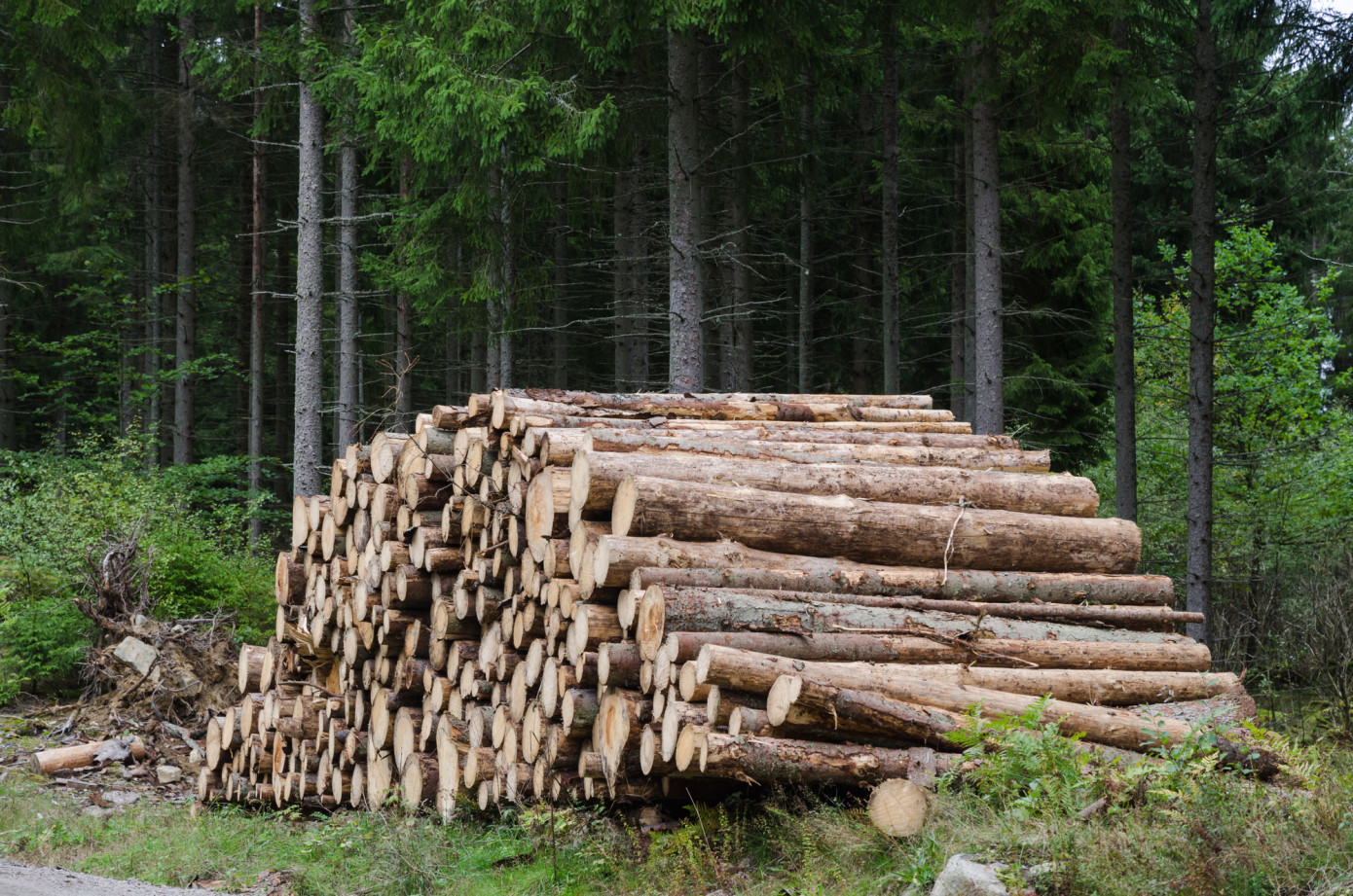The gross felling for 2023 is estimated to approximately 93 million cubic meters standing volume in Sweden. This is a decrease of 3 million cubic meters standing volume compared to 2021, and a decrease of 2.8 million cubic meters compared to 2022. The expected decrease in felling is explained by a decreased production in the wood-consuming forest industry. Due to the uncertain economic situation, this year's forecast is less foreseeable than normal, according to the Swedish Forest Agency.
The harvest of sawlogs is estimated to decrease as an effect of the prognosis that production of sawn wood products this year is expected to be 2% lower than 2022. The forest industry's production of pulp is also estimated to decrease, which means that the harvest of pulpwood is expected to decrease by 4%.
The decreased harvest of sawn timber and pulpwood is offset, to some extent, by an increased harvest of firewood. Firewood harvest is estimated to increase by 3%.
Felling is also affected, to a certain extent, by the import and export of roundwood. Imports are expected to increase by 7%, while exports are estimated to be unchanged.
The level of fellings in Sweden during 2021 and 2022 mark the highest levels seen, except for 2005 and 2007 following the storms Gudrun and Per.
